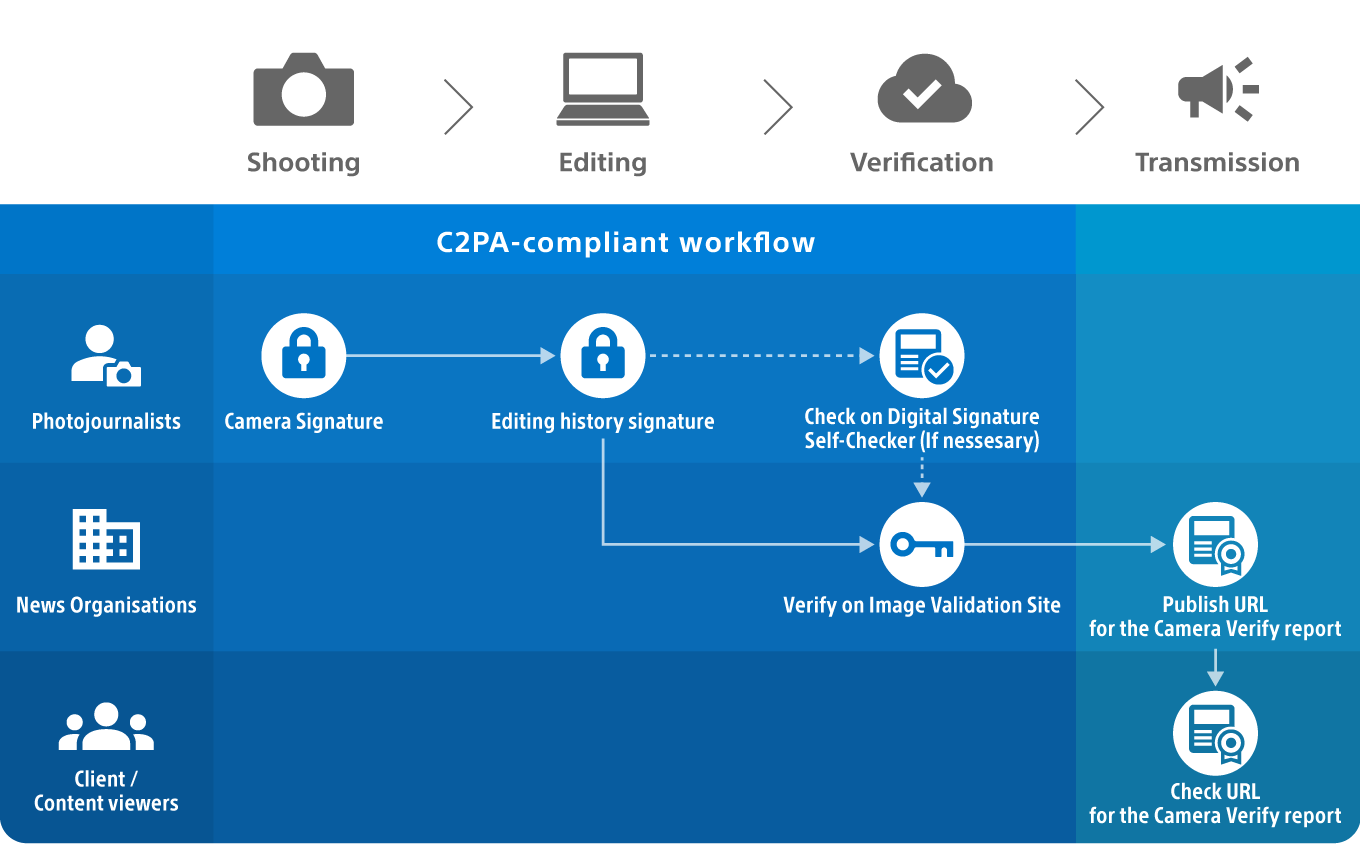Audio for Mobile Broadcast
Broadcast of all types is increasing support for delivery of programming to mobile devices. Today, content can be downloaded not only to desktop and portable computers, but also to mobile phones, PDAs, and portable music and video players. Very efficient video coding combined with small but high-resolution screens deliver remarkably good pictures. Audio, on the other hand, is severely limited when reproduced through an equally small speaker, although earphones can improve the situation dramatically.
Certainly the dynamic range, or the span of audio from the softest sounds to the loudest sounds must be carefully tailored to the target device to prevent quiet dialog from being lost, and loud sounds from overloading the speakers or earphones. Either case will result in unhappy customers. Although modifying dynamic range of content may arguably affect the original intent of the producer, this needs to be weighed against the fact that the original content may not have been mixed for reproduction by such small devices.
The process prior to encoding content for delivery to mobile devices must include proper monitoring, in the same manner that content for normal transmission must also be monitored in an environment that can simulate a consumer playback system. For mobile devices, this means testing content on some of the actual devices that consumers have--both with speakers and with headphones--and perhaps also with the ability to simulate typical background noise a consumer might encounter. Adjustments to equalization, loudness, and dynamic range can be made either manually or automatically to hit the required targets.
Finally, while it is conceivable that content for mobile applications could have a separate program specification outlining these requirements so that content can be delivered pre-processed, it may be far more cost-effective to do the work locally. In this way, a single version of a given piece of content can be the source for all delivery methods, and processing only applied when and where necessary.
The professional video industry's #1 source for news, trends and product and tech information. Sign up below.
